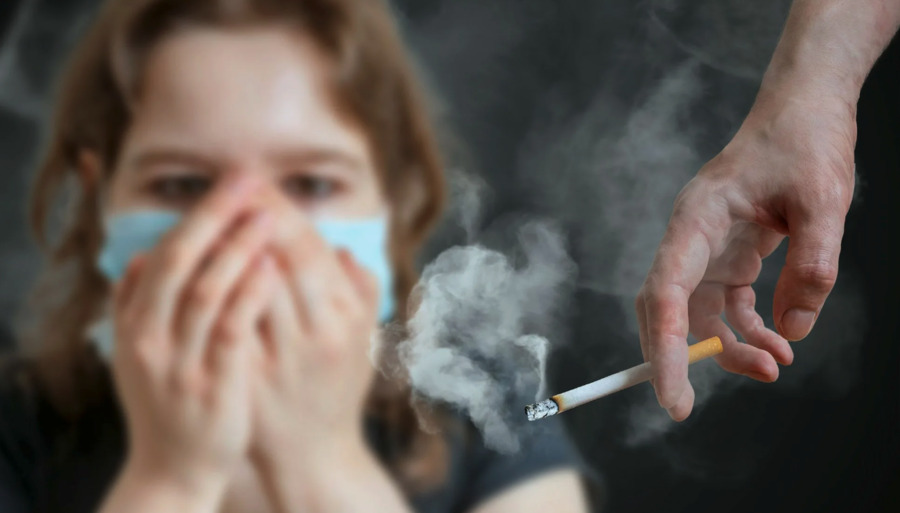Historical Beginnings and Spread of Tobacco
Tobacco’s usage dates back to approximately 4,000 BC, when Native Americans first utilized it for its psychoactive properties, either by chewing or smoking the leaves in rituals and medicinal practices. The encounter between Europeans and tobacco unfolded in 1492, with Columbus’s voyages introducing the plant to a new audience. This marked the start of its global journey, rapidly integrating into different cultures. By 1531, the Spanish had established the first known tobacco plantation on the island of Santo Domingo, recognizing tobacco’s potential as a lucrative crop. In 1560, Jean Nico de Villemain brought tobacco into the parlors of French high society, further solidifying its place as a desirable commodity. Tobacco’s transformation into a mass-produced good began with the opening of the world’s first processing factory in Seville in 1620, signaling the onset of widespread cigarette production.
Emergence of Health Concerns and Commercial Expansion
As early as 1670, the detrimental health effects of tobacco were being documented by individuals like Swedish physician Elias Tillands, who discussed these concerns in his doctoral dissertation. Despite these early warnings, the industrial scale of tobacco only grew, with the isolation of nicotine by German chemists Ludwig Reimann and Wilhelm Posselt in 1828 enhancing understanding of its addictive properties. The commercial production of cigarettes began in earnest in 1860, culminating in the release of modern cigarettes by RJ Reynolds in 1913 with their brand Camel, which became a cornerstone of tobacco consumption.

Dangers of Tobacco Smoking
Nicotine Addiction
Nicotine addiction stands as the cornerstone of tobacco’s hold over users, delivering a quick and addictive hit by stimulating the brain’s reward systems. This addiction is notoriously difficult to overcome due to nicotine’s chemical hooks that induce withdrawal symptoms such as anxiety, irritability, and intense cravings when a person attempts to quit.
Respiratory Damage
The impact of smoking on lung health is catastrophic, with diseases like chronic obstructive pulmonary disease (COPD), emphysema, and lung cancer primarily driven by the inhalation of toxic substances found in cigarette smoke. These substances include tar, which physically blocks airways, and other carcinogens that disrupt cellular function and spur cancer growth.
Cardiovascular Risks
Smoking’s impact on the cardiovascular system is profoundly negative, elevating the risk of developing conditions such as hypertension and coronary artery disease. Nicotine raises blood pressure and heart rate, while other chemicals in smoke damage the lining of arteries, leading to atherosclerosis, which can cause heart attacks and strokes.
Digestive System Impact
The effects of smoking extend to the digestive system, where it increases the risk for gastrointestinal disorders, peptic ulcers, and liver disease. Chemicals in tobacco smoke complicate the liver’s ability to process toxins, increasing the risk of liver cancer.
Reproductive Health
Tobacco use significantly impacts reproductive health, reducing fertility and increasing risks during pregnancy, such as ectopic pregnancies, miscarriages, and congenital disabilities. Smoking during pregnancy is linked to adverse outcomes for both the mother and the child.
Cancer
Smoking tobacco is a major risk factor for various types of cancer, particularly of the lungs, mouth, and throat. The carcinogens in tobacco smoke are potent agents that can alter cellular DNA and lead to uncontrolled cell growth.
Positive Changes After Quitting Smoking
Quitting smoking triggers a cascade of health improvements that begin within hours. The body quickly starts to expel nicotine and carbon monoxide, enhancing cardiac and lung function almost immediately. Over the subsequent weeks, the restoration of the senses of taste and smell and the clearing of respiratory passages significantly improve quality of life. Long-term benefits include dramatically reduced risks of cardiovascular disease and lung cancer.
Methods of Smoking Cessation
There are various effective strategies for quitting smoking, ranging from psychotherapeutic support to medical interventions. Nicotine Replacement Therapy (NRT) like gums and patches, medications such as Bupropion and Varenicline, and alternative therapies like hypnosis and acupuncture all play roles in helping smokers overcome their addiction. These methods address both the physical and psychological facets of nicotine dependency.
Transition to Vaping
Vaping has emerged as a popular alternative to smoking, perceived as a less harmful option. E-cigarettes work by heating a liquid to generate a vapor, typically containing nicotine, which the user inhales. This method bypasses many of the harmful combustion byproducts of traditional cigarettes. Users often report improvements in sensory functions and a decrease in smoker’s cough. Some studies suggest that vaping may offer reduced cardiovascular risks compared to traditional smoking.

Vape Products in UAE
In the UAE, the demand for vaping products has surged, with a wide array of options available to cater to both novice and experienced vapers. Retailers like vape-shop-dubai.com and Abu Dhabi offer products ranging from basic starter kits to more advanced systems, such as the UWELLCALIBURN GK2 POD system priced at AED 130. This availability supports smokers in transitioning from traditional cigarettes to potentially safer vaping alternatives.
In conclusion, the history of tobacco is long and fraught with both cultural significance and immense health impacts. Modern cessation tools and the rise of vaping offer hopeful pathways for those looking to end their reliance on tobacco and embrace a healthier lifestyle.

Skydiver, ramen eater, DJ, Saul Bass fan and front-end designer. Acting at the fulcrum of minimalism and sustainability to develop visual solutions that inform and persuade. I sometimes make random things with friends.



